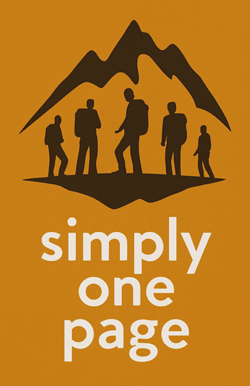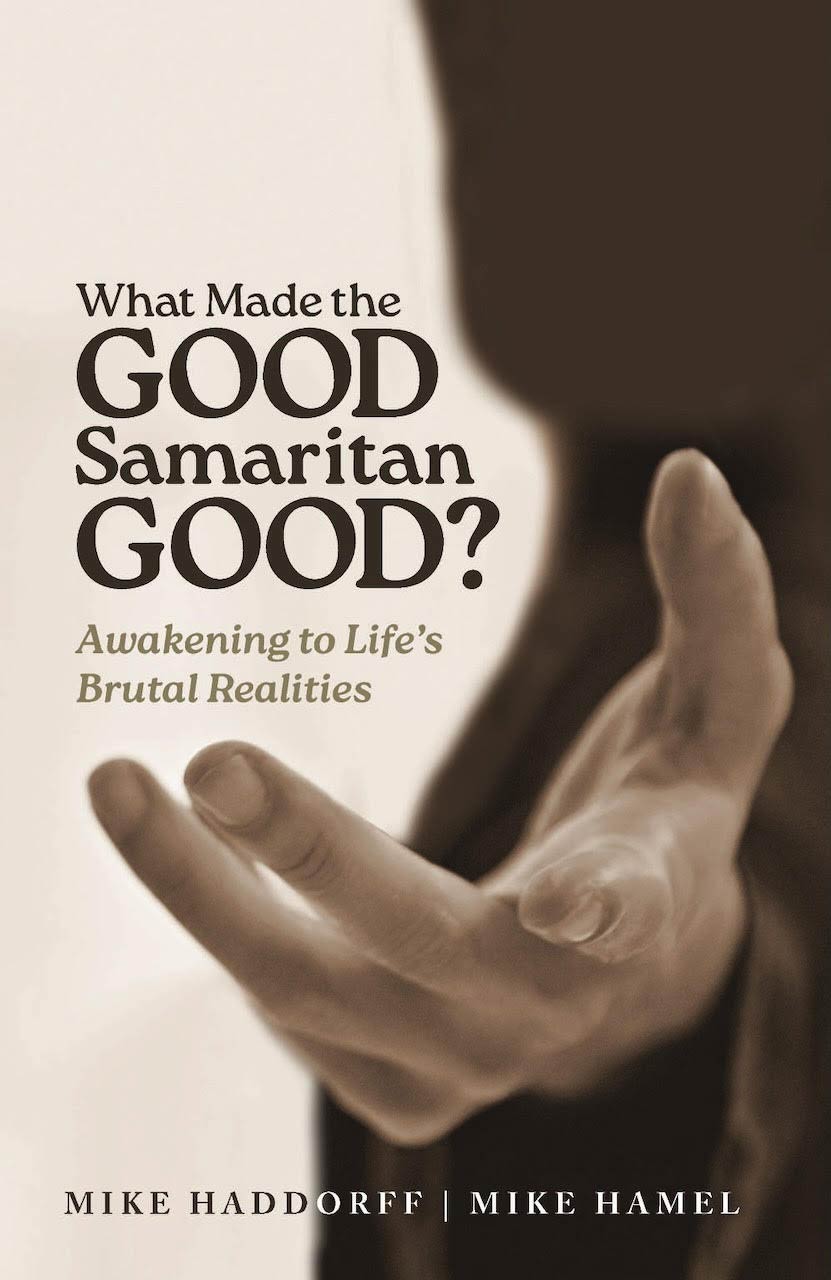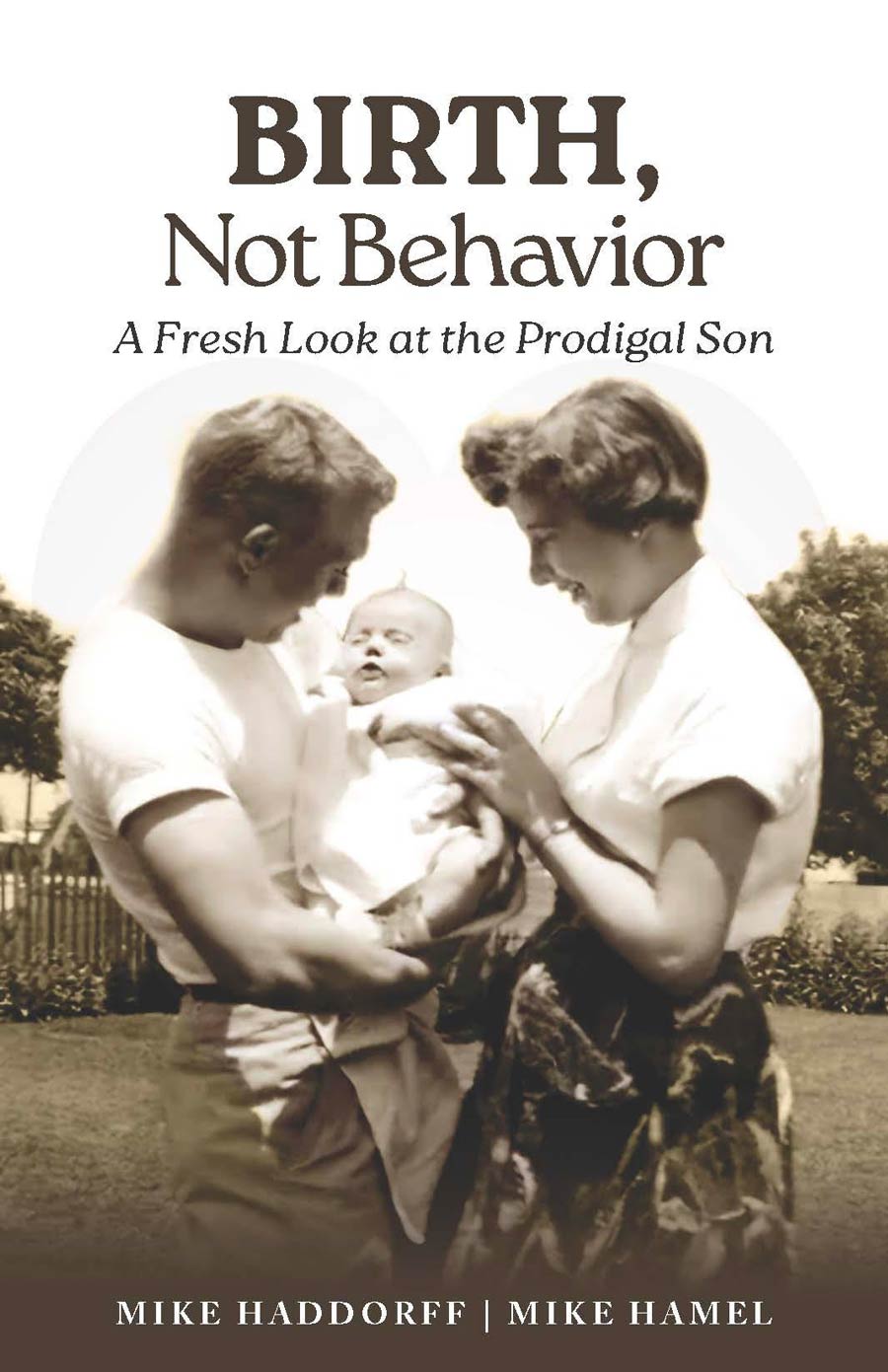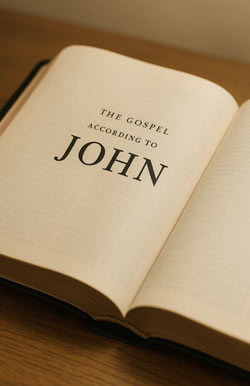I received my cup and found an open table to meet a friend over coffee. When I rested the cup on the table, I discovered why the table was open, the familiar wobbling top. I folded a napkin and stuffed it under one leg. It worked-sort of. The shaking stopped, but the problem remained.
That moment, familiar, simple, unremarkable, references something far older and far deeper.
In John 18 Jesus is brought to Caiaphas, the high priest, who had already advised, “It is better that one man die for the people.” He wasn’t seeking truth. Rather, he was stuffing a napkin under the table’s leg. He wanted things to feel settled again: religiously, politically, socially. Jesus had disturbed the balance. His presence exposed the instability they’d long ignored. So, the solution? Eliminate the disturbance. Silence the voice. Sacrifice the man.
It worked—sort of. The table of their world stopped shaking. But the problem wasn’t Jesus. The flaw was structural. The people weren’t looking for the kind of peace God gives; they were desperate for control, for certainty, for a moment of calm. And in that desperation, they mistook scapegoating for true freedom.
We look for quick fixes in our lives, our churches, our culture. We name a problem, identify a person, and imagine that exclusion will bring peace. But it’s a false atonement, a unity that costs us truth. When we settle for illusions of control, we miss the deeper healing only Christ can bring.
The only stable table is the one Christ sets. He didn’t come to shove a napkin under our brokenness. He bore it, all of it. Not to give us momentary calm, but to reconcile us to the Father, to steady what could never be fixed by our hands.
Reflection:
Where have you sought peace through applying what you thought was the fix? What was the outcome? How might Christ be calling you to the kind of healing that doesn’t just stop the wobble—but remakes the whole table?





